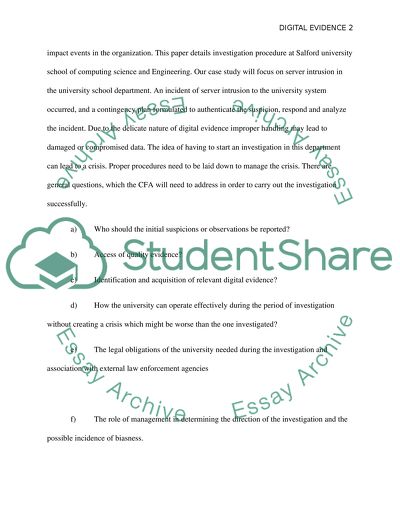Cite this document
(“Digital investigation in the organisation Essay”, n.d.)
Digital investigation in the organisation Essay. Retrieved from https://studentshare.org/information-technology/1462057-digital-investigation-in-the-organisation
Digital investigation in the organisation Essay. Retrieved from https://studentshare.org/information-technology/1462057-digital-investigation-in-the-organisation
(Digital Investigation in the Organisation Essay)
Digital Investigation in the Organisation Essay. https://studentshare.org/information-technology/1462057-digital-investigation-in-the-organisation.
Digital Investigation in the Organisation Essay. https://studentshare.org/information-technology/1462057-digital-investigation-in-the-organisation.
“Digital Investigation in the Organisation Essay”, n.d. https://studentshare.org/information-technology/1462057-digital-investigation-in-the-organisation.


